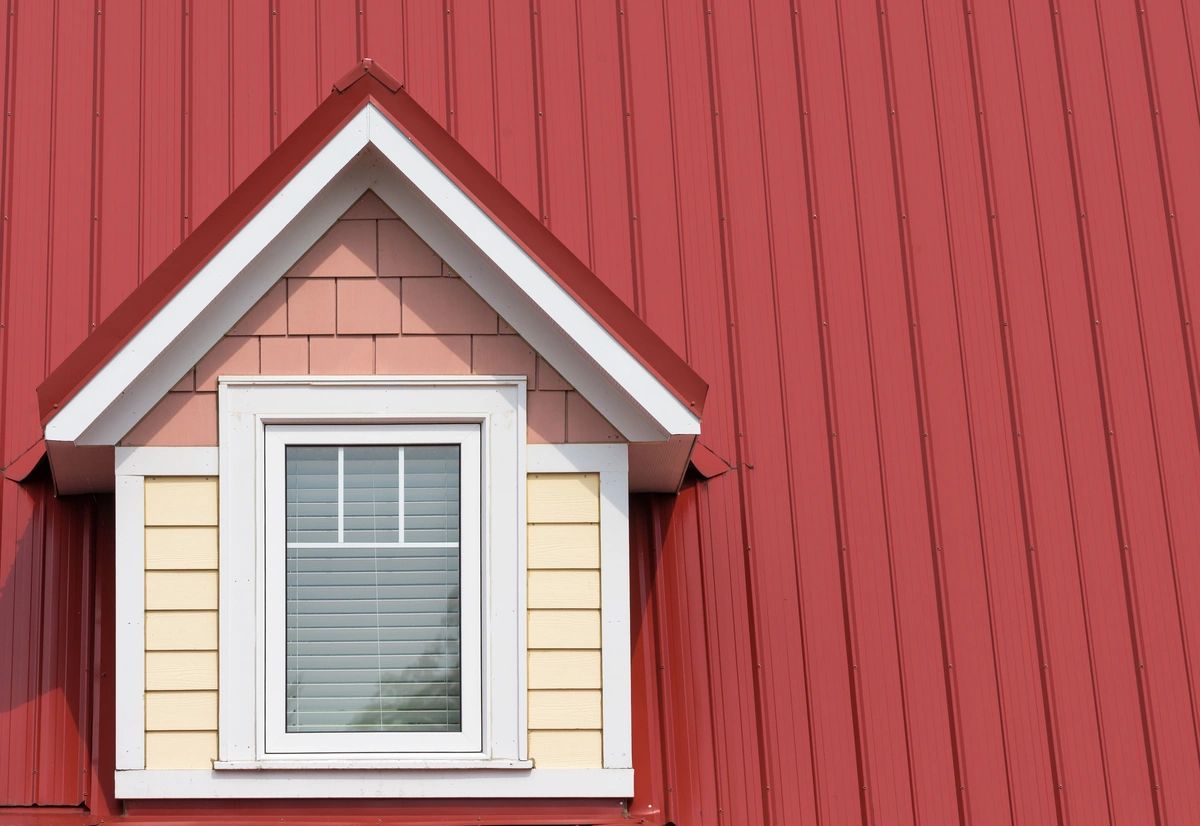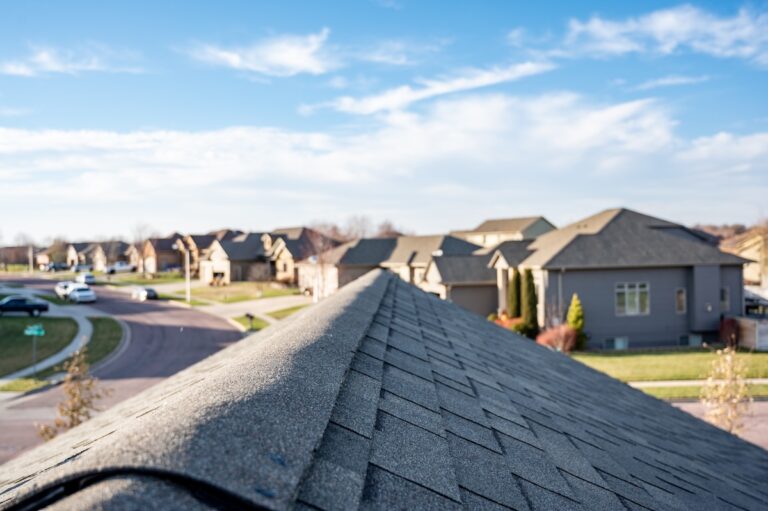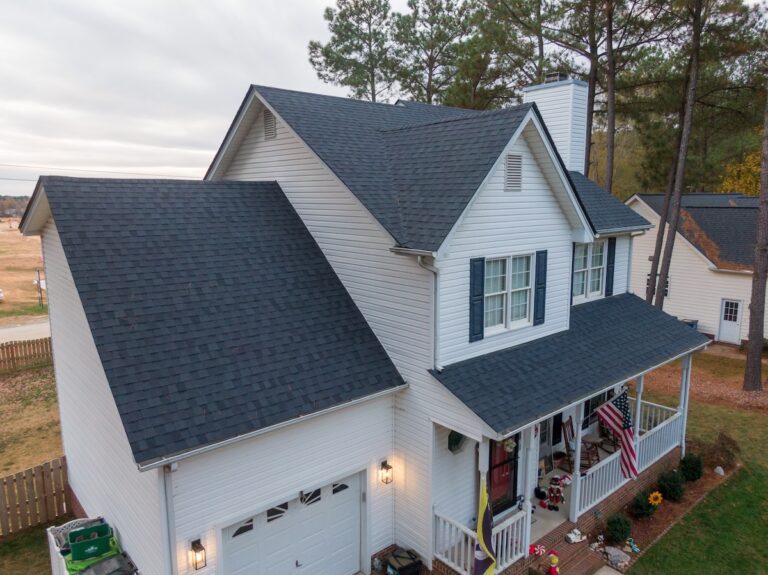When it comes to choosing the right roofing material for your home, longevity is a key factor to consider. After all, a roof is a significant investment, and you want to make sure it will stand the test of time. And when it comes to longevity, more and more homeowners are choosing to invest in metal roofing for their residential homes.
One question that often arises in this regard is, “How long does a metal roof last?” In this guide, we’ll explore:
- The lifespan of metal roofs
- The factors that influence their durability
- Why they might be the perfect choice for your home
All About Metal Roofing
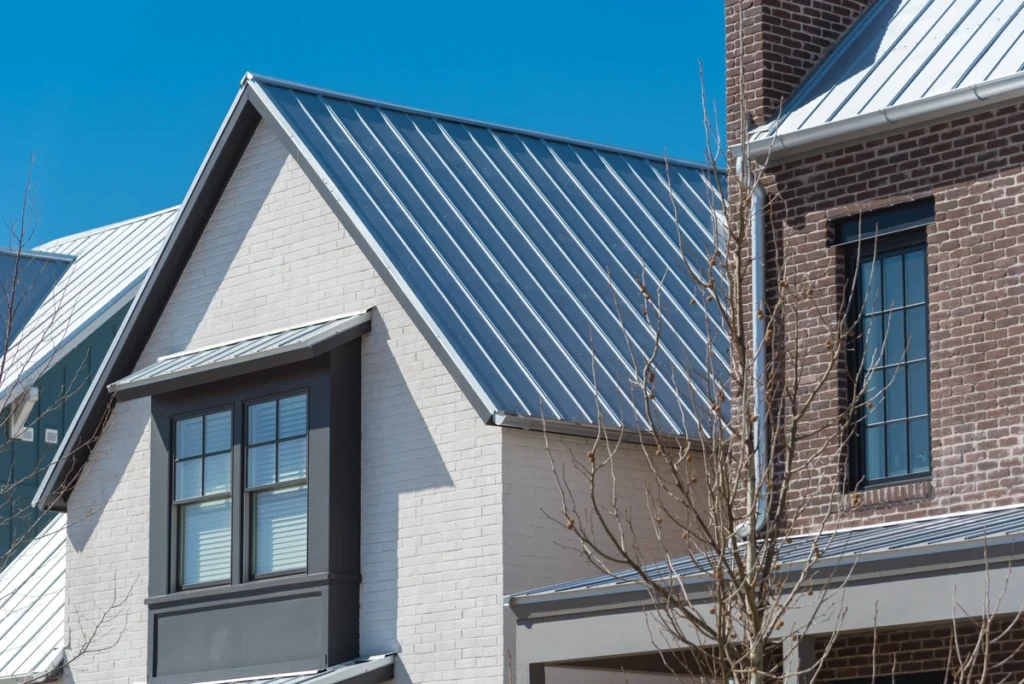
Metal roofs have been around for centuries, but recent advancements in technology have made them more popular than ever. They offer an attractive combination of durability, energy efficiency, and aesthetic appeal. Whether you’re building a new home or considering a roof replacement, understanding how long a metal roof lasts can help you make an informed decision.
Different Types of Metal Roofs
Before diving into the specifics of longevity, it’s essential to recognize that not all metal roofs are created equal. Various types of metal roofing materials can influence how long a metal roof lasts:
- Steel: Steel roofs come in two forms
- Galvanized Steel: Coated with a layer of zinc for added corrosion resistance.
- Galvalume Steel: Coated with a blend of aluminum and zinc, offering better protection against corrosion.
- Aluminum: Highly resistant to corrosion, making it ideal for coastal areas.
- Copper: Known for its long lifespan and distinct appearance; the color changes to a green patina over time.
- Zinc: Self-healing properties when scratched and highly durable.
- Tin: Less common today, often found in older buildings.
4 Factors Influencing the Lifespan of Metal Roofs
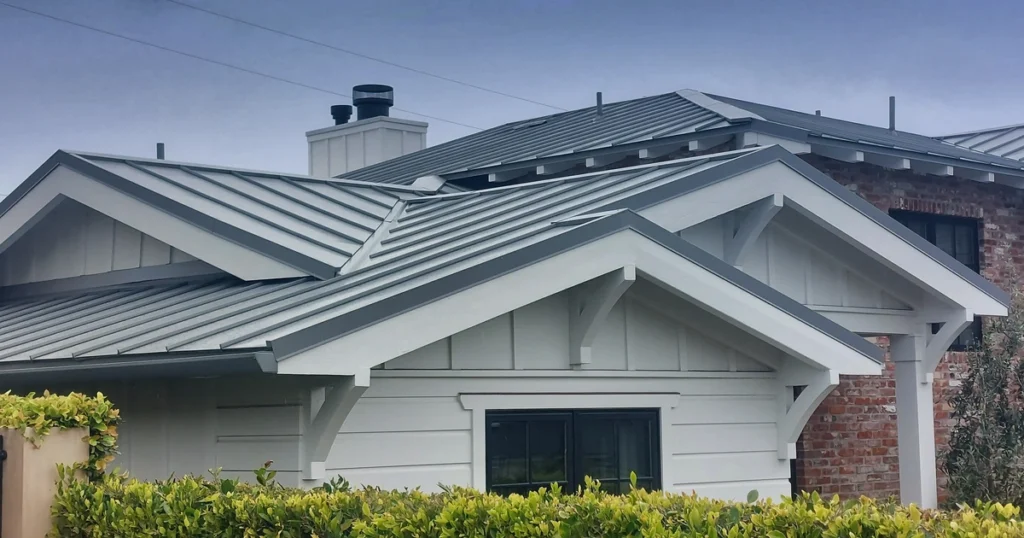
Want to know how long your metal roof will last? Well, in some ways it’s a guessing game. But you can certainly make an EDUCATED guess if you take the following factors into consideration.
1) Quality of Materials
The quality of the metal used plays a significant role in determining the longevity of a metal roof. Higher-grade materials like copper and zinc tend to last longer compared to lower-grade materials. For example, a copper roof can last over 100 years, while a galvanized steel roof may last around 40-70 years.
2) Installation
Proper installation is crucial for maximizing the lifespan of a metal roof. Poor installation can lead to issues such as water leakage, rusting, and reduced structural integrity. It’s essential to hire experienced professionals who are well-versed in installing metal roofs to ensure longevity.
3) Maintenance
While metal roofs require less maintenance than other roofing materials, they are not entirely maintenance-free. Regular inspections, cleaning, and minor repairs can help extend the life of your metal roof. Addressing issues like loose screws, damaged panels, or clogged gutters promptly can prevent more significant problems down the line.
4) Environmental Factors
The environment in which your home is located also plays a critical role in the lifespan of your metal roof:
- Climate: Metal roofs perform exceptionally well in various climates, but extreme weather conditions can impact their longevity. For instance, areas with heavy snowfall, hail, or high winds may require more robust materials and installation techniques.
- Proximity to Saltwater: Homes near the coast are exposed to salty air, which can accelerate corrosion, especially for steel roofs. Aluminum and copper are better suited for such environments due to their corrosion resistance.
The Lifespan of Different Metal Roofs
As we’ve mentioned the type of metal roof material that you choose can hugely impact longevity. Here are a few things to keep in mind.
Steel Roofs
- Galvanized Steel:
- Lifespan: 40-70 years
- Pros: Cost-effective, durable, widely available.
- Cons: Prone to rust if the protective coating is damaged.
- Galvalume Steel:
- Lifespan: 50-70 years
- Pros: Superior corrosion resistance, durable.
- Cons: More expensive than galvanized steel.
Aluminum Roofs
- Lifespan: 50-70 years
- Pros: Excellent corrosion resistance, lightweight, energy-efficient.
- Cons: More expensive than steel, can dent more easily.
Copper Roofs
- Lifespan: 80-100+ years
- Pros: Extremely durable, attractive appearance, low maintenance.
- Cons: Very expensive, can develop a patina over time (which some homeowners may not prefer).
Zinc Roofs
- Lifespan: 60-100+ years
- Pros: Self-healing properties, excellent durability, low maintenance.
- Cons: High cost, can develop a blue/gray patina over time.
Tin Roofs
- Lifespan: 50-75 years
- Pros: Lightweight, durable.
- Cons: Less common, can be prone to rusting if not properly maintained.
Comparing Metal Roofs to Other Roofing Materials
When considering the longevity of metal roofs, it’s helpful to compare them to other common roofing materials:
Asphalt Shingles:
- Lifespan: 20-30 years
- Pros: Cost-effective, widely available.
- Cons: Shorter lifespan, more maintenance required.
Wood Shingles/Shakes:
- Lifespan: 20-40 years
- Pros: Natural appearance, good insulation.
- Cons: Prone to rot, insects, and fire; requires regular maintenance.
Clay/Concrete Tiles:
- Lifespan: 50-100 years
- Pros: Very durable, fire-resistant.
- Cons: Heavy, expensive, can be brittle and break under impact.
Slate:
- Lifespan: 75-200+ years
- Pros: Extremely durable, attractive appearance.
- Cons: Very heavy, very expensive, requires reinforced roof structure.
Advantages of Metal Roofs Beyond Longevity
Metal roofs can do more than simply last for a long time. Here are a few other benefits you can expect to recieve:
Energy Efficiency
Metal roofs are highly reflective, which means they can help reduce cooling costs by reflecting sunlight away from the home. Some metal roofs come with special coatings designed to enhance their reflectivity and energy efficiency further.
Environmental Impact
Metal roofs are often made from recycled materials and are fully recyclable at the end of their lifespan. This makes them an environmentally friendly choice compared to other roofing materials that may contribute to landfill waste.
Fire Resistance
Metal roofs are non-combustible, making them an excellent option for homes in areas prone to wildfires. This added layer of protection can provide peace of mind for homeowners concerned about fire safety.
Aesthetic Appeal
Modern metal roofs come in a variety of styles, colors, and finishes, allowing homeowners to achieve the desired look for their home. Whether you prefer the classic look of standing seam metal roofs or the appearance of metal tiles that mimic traditional roofing materials, there are options to suit every taste.
Common Misconceptions About Metal Roofs
Hesitant to jump on the metal roofing bandwagon? We get it. There are a lot of rumors when it comes to metal roofing for residential properties. We’re here to break down fact from fiction!
👂 Noise
One common misconception about metal roofs is that they are noisy, especially during rain or hailstorms. However, when installed correctly with appropriate insulation, metal roofs are no noisier than other roofing materials. In fact, the noise level can be comparable to asphalt shingles or clay tiles.
🏚️ Rust
While early metal roofs were prone to rust, modern metal roofing materials are designed with protective coatings that prevent corrosion. Galvanized and galvalume steel, aluminum, and copper are all resistant to rust, ensuring a long-lasting roof.
⚡️ Lightning
Another misconception is that metal roofs attract lightning. In reality, metal roofs are no more likely to attract lightning than any other type of roofing material. Additionally, metal roofs are non-combustible, which can reduce the risk of fire in the event of a lightning strike.
We’ll Install Your Metal Roof System The Right Way
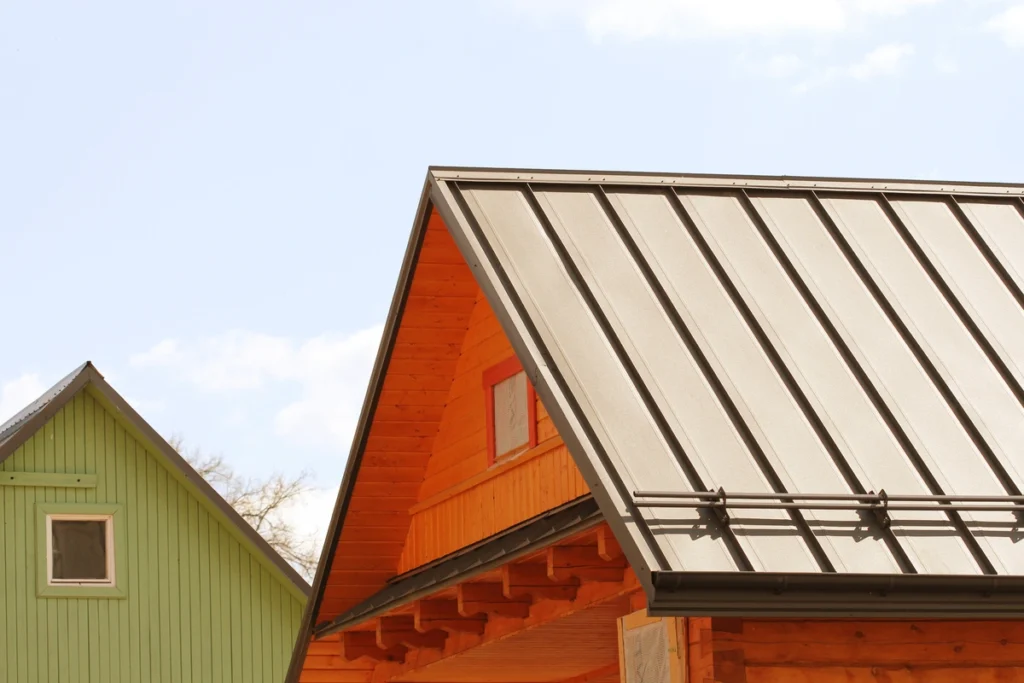
Metal roofs offer an impressive lifespan, especially when compared to other roofing materials. Depending on the type of metal used, a properly installed and maintained metal roof can last anywhere from 40 to over 100 years. This exceptional durability, combined with energy efficiency, environmental benefits, and aesthetic appeal, makes metal roofing an excellent choice for homeowners.
If you’re considering a new roof for your home, it’s worth exploring the various options available in metal roofing. The initial investment may be higher, but the long-term benefits can far outweigh the costs. By choosing a metal roof, you’re making a smart investment in the future of your home.
For more information on metal roofing options and to receive personalized advice, contact our team of experts at Johnson Restoration. We’re here to help you make the best decision for your home and ensure you enjoy the lasting benefits of a metal roof.
